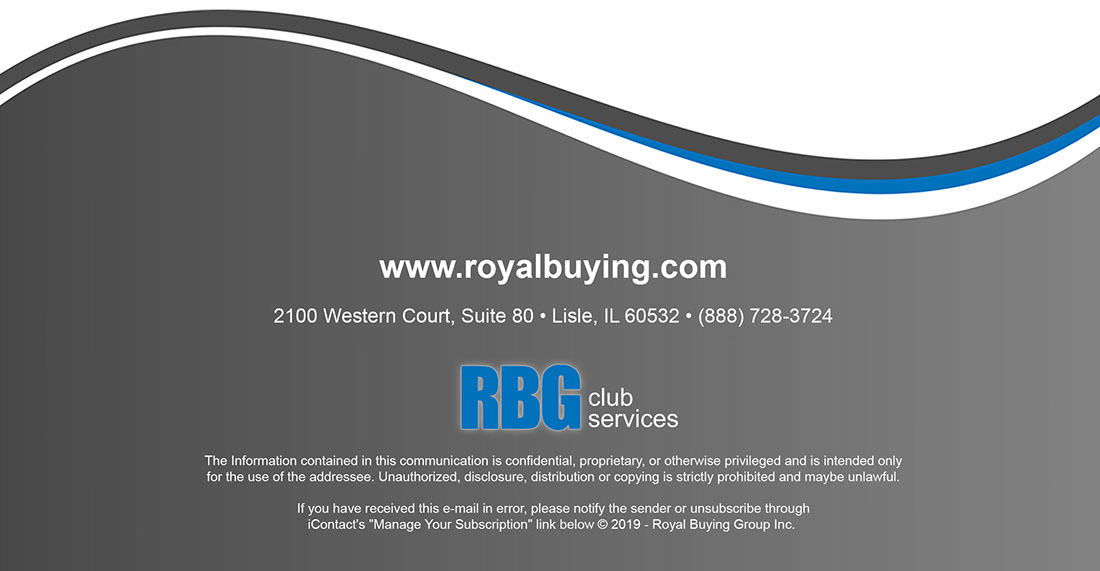
“Window shopping” is not limited to just the windows – customers browse aisles in c-stores just as often. Displaying your store’s goods on shelves is not only for convenience, but a way to market products to your customers. While they wait for their food to be ready or while they’re searching for a specific category item, products can market themselves on the shelves, if displayed right.
DISPLAY WITH CONFIDENCE
1. Make sure products are displayed on shelves that fit their sizes. If the product is small and displayed on a large, open shelf, it can make the shelf looks bare and unappealing. But if the product is too big for the size of the shelf, customers can have issues retrieving it. This can lead to their frustration, or to other products falling off the shelves. Larger items that might cause problems should be displayed on shelves without a shelf above it. Smaller items should be compacted together to avoid looking sparse.
2. If a product can only lay flat, place the items in an overlapping fashion. This allows customers to still see other products, without being difficult to grab.
3. Place large products behind smaller products. If the customer can’t see a product because another is in the way, there is a chance you may have just lost a sale. If space allows it, make sure products are as spaced out as possible, without making the shelves look bare.
4. Products you want to sell should be placed on eye-level shelves. These items could be high-profit merchandise or perishable products you want to get sell quicker. If it’s products that children are more inclined to want, place them on a shelf about their eye-level.

